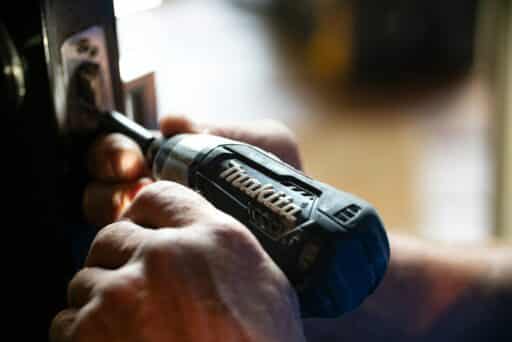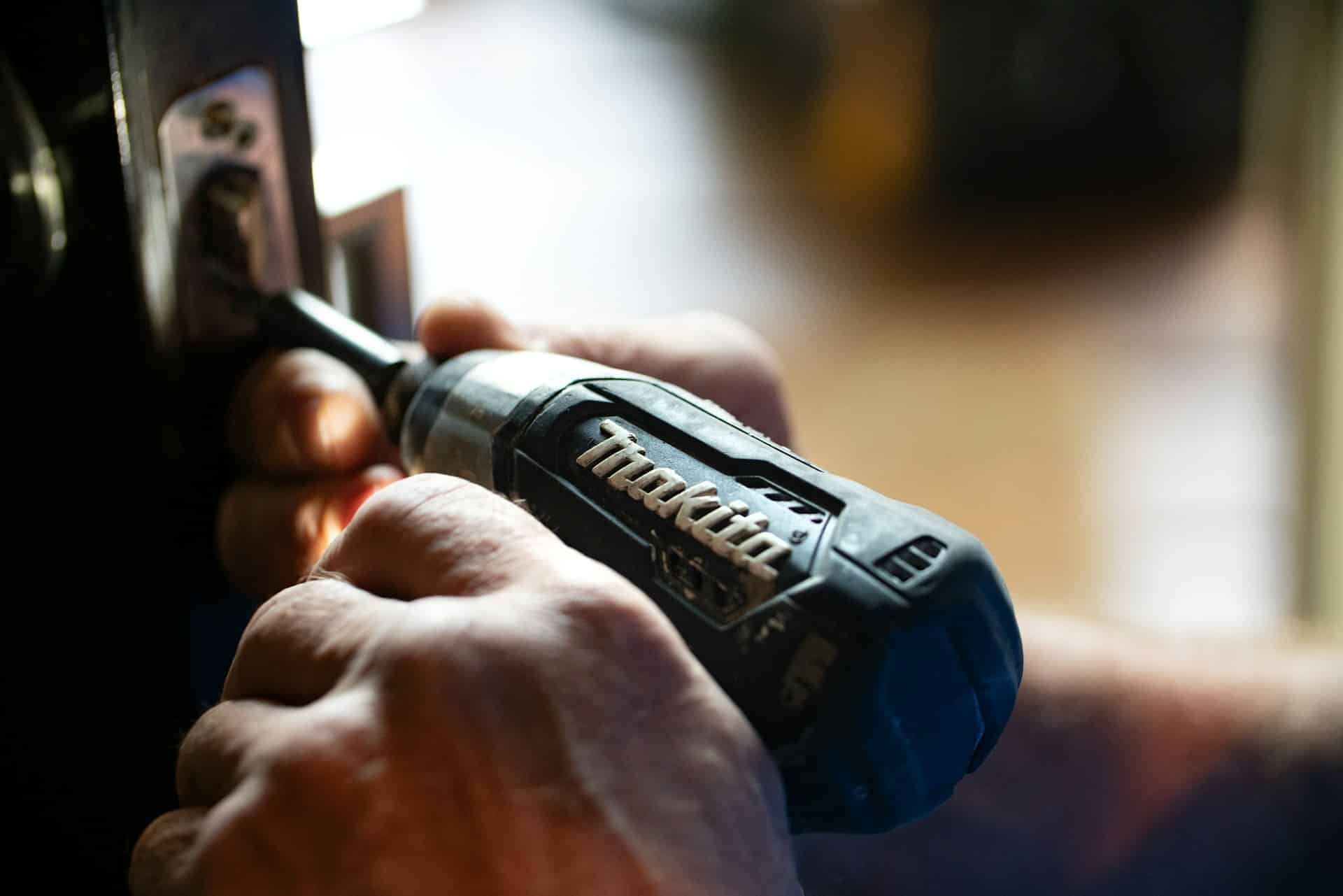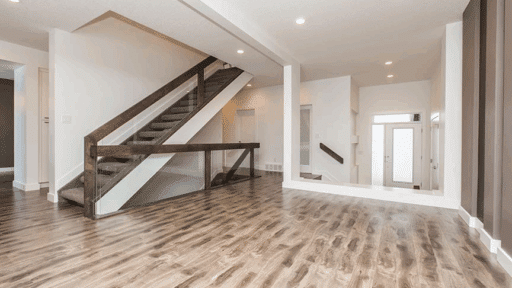Homeowners know the seasonal cycle all too well. Summer heat, winter storms, spring rain, and fall leaves all test the strength and efficiency of a property. While some upgrades might seem like a chore, many seasonal improvements actually pay for themselves over time by lowering utility bills, extending the life of systems, or avoiding costly repairs down the line. The key is knowing which projects are worth prioritizing and how to fit them into a budget. Let’s learn about smart seasonal home upgrades that save money in the long run.
Yard Maintenance That Prevents Bigger Problems
It might feel like trimming shrubs and cleaning out gutters are just cosmetic tasks, but thoughtful yard maintenance can prevent major expenses later. Overgrown branches can damage siding, while clogged gutters often lead to roof leaks and water intrusion. By staying ahead of these seasonal tasks, homeowners reduce the risk of structural repairs that run into the thousands.
The biggest mistake isn’t neglecting to mow or rake. It’s underestimating how outdoor maintenance affects the systems inside the house. For example, poorly managed landscaping can block airflow to HVAC units, forcing them to work harder and raising utility costs. Small, consistent efforts in the yard create long-term savings by keeping the entire home functioning efficiently.
Investing in Windows and HVAC for Long-Term Gains
Not every seasonal upgrade comes cheap, but some of the larger projects pay off faster than most people realize. Replacing drafty windows or upgrading an old HVAC system can feel expensive at first, yet the reduction in monthly utility bills begins to offset the upfront cost almost immediately. When energy escapes through poor insulation or inefficient equipment, it’s like leaving money on the table every single month.
Financing these projects is often the hurdle. This is where flexible options can help. A homeowner might choose a personal line of credit or get a home equity loan to fund a new set of energy-efficient windows or an upgraded HVAC system, allowing them to spread the payments over time while still locking in the energy savings right away. The benefit is that the household starts saving money on bills immediately instead of waiting years to build up enough cash to make the switch.
Seasonal Roof and Gutter Care That Extends Lifespan
The roof is one of the most expensive components of a home to replace, yet many people overlook simple seasonal care that extends its life. Cleaning gutters in the fall, checking shingles after storms, and clearing off debris all prevent water buildup that can lead to leaks. Even minor repairs caught early can add years to a roof’s life, delaying a costly replacement.
What makes this upgrade cost-effective is the comparison between small seasonal tasks and a full replacement. Spending a little time and money each year is an investment that stretches the lifespan of one of the most important parts of a house. In business terms, it’s the difference between scheduled maintenance and emergency replacement, and the savings are substantial.
Insulation and Weatherproofing for Year-Round Efficiency
Many homeowners underestimate how much air leaks cost them in energy bills. Seasonal weatherproofing like sealing cracks, adding attic insulation, or installing draft stoppers offer the highest returns on investment of any upgrade. The improvements are relatively inexpensive, but the impact is felt every month.
Think about how much energy escapes through poorly sealed doors or a thin attic barrier. Each season magnifies the issue. Winters feel colder, summers feel hotter, and HVAC systems run constantly to compensate. By taking the time each season to assess and improve insulation, homeowners reduce energy use, extend the life of their systems, and see measurable savings year after year.
Smart Technology That Adapts to the Seasons
Technology offers some of the easiest seasonal upgrades with lasting savings. Smart thermostats learn usage patterns and adjust heating or cooling to match actual needs. Automated sprinkler systems adjust based on weather, conserving water during rainy weeks and cutting utility bills. Even smart lighting systems reduce energy use during darker winter months by managing brightness and timing.
The beauty of these upgrades is that they create long-term efficiencies without requiring constant attention from the homeowner. Once installed, they do the heavy lifting of optimizing energy and water use. Over the course of several seasons, the savings often exceed the cost of installation, making them one of the most practical investments available.








